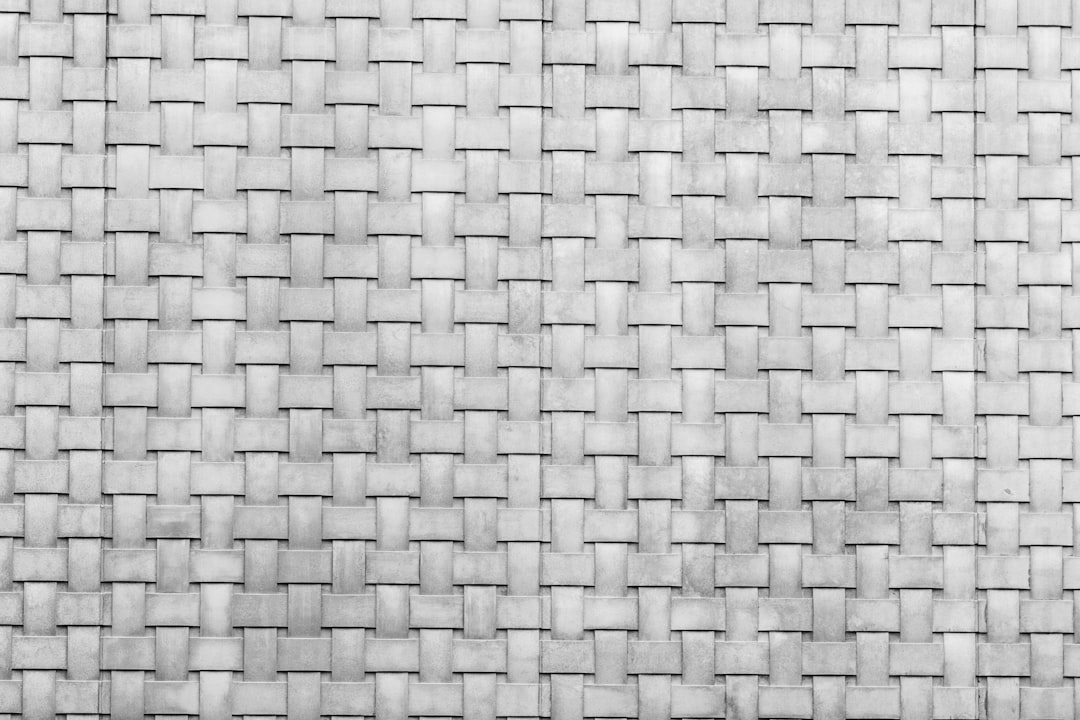What is it about?
Electromagnetic wave refraction and reflection at the interface between vacuum and lossy metamaterial with zero real part of permittivity are analytically described by macroscopic classical electrodynamics. The analytical model is based on exact solutions of electromagnetic boundary problems. We have good reason to believe that in lossy metamaterial with zero real part of permittivity, the values of the magnetic field and energy flow are nonzero due to the crucial role of losses in epsilon-near-zero metamaterials. It is shown that the significant transmission of waves occurs for almost all incident angles. Moreover, the transmission coefficient increases with increasing loss for TE and TM wave polarizations. Numerical results are presented to show that the optical characteristics of waves at the interface of the metamaterial are highly sensitive to the losses and polarization of waves. The effect of the losses is most pronounced for transverse electric waves. It is shown that in reality even for the very small losses the value of the reflection coefficient can be far from 1 over a wide range of the incidence angles.
Featured Image

Photo by Tra Nguyen on Unsplash
Why is it important?
We showed that losses are fundamental properties of ENZ metamaterials that cannot be neglected. In the opinion of the author, using the epsilon equal zero condition can lead to errors due to the crucial role of losses in ENZ metamaterials
Read the Original
This page is a summary of: Effects of losses on the transmission and reflection of electromagnetic waves at the interface of metamaterial with zero real part of permittivity, Low Temperature Physics, October 2023, American Institute of Physics,
DOI: 10.1063/10.0020871.
You can read the full text:
Contributors
The following have contributed to this page










